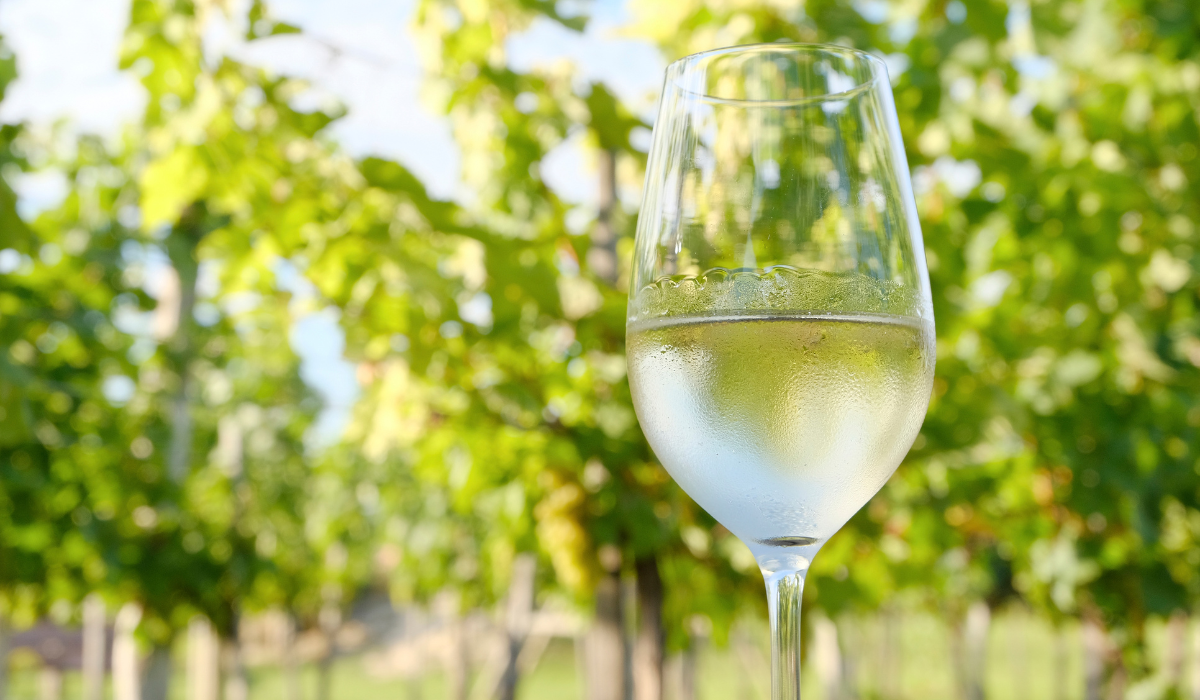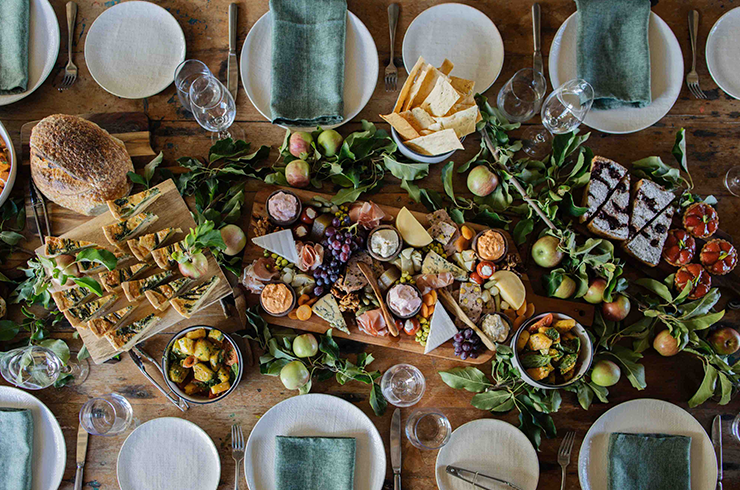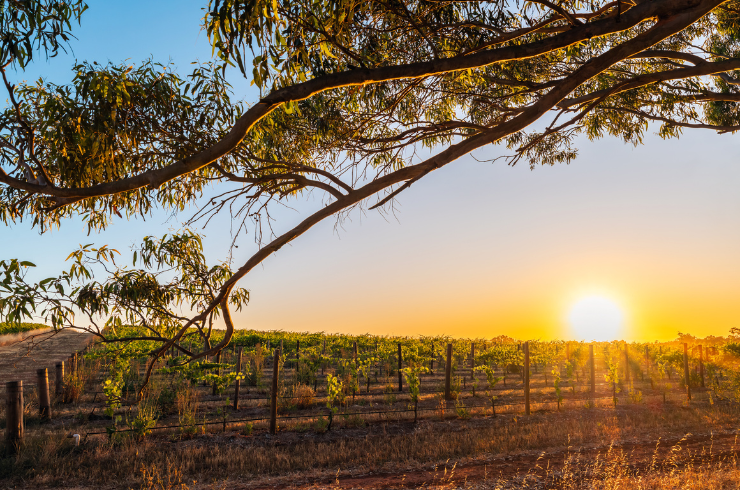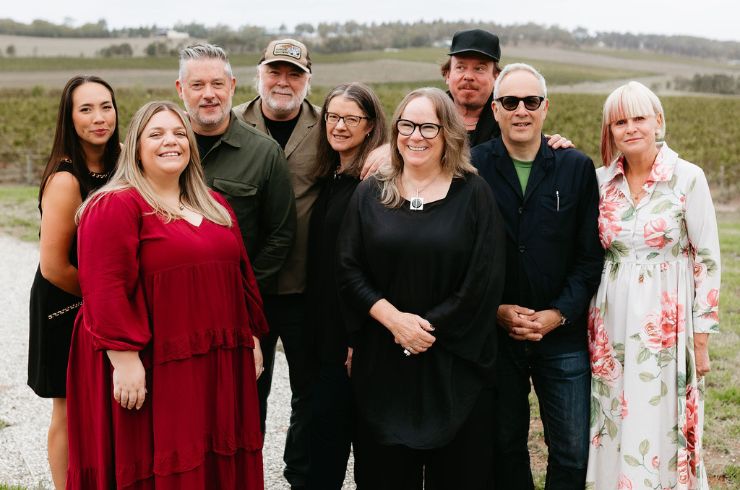Types of White Wine
Australia might make more red wine than white wine, but when it comes to drinking it – we’re all about the latter.From sauvignon blanc to pinot grigio, here is a beginner’s guide to our five most popular white wine varietals.
Chardonnay
Chardonnay is one of the world’s most popular grape varieties. It’s prized for its ability to produce outstanding wines in cool, moderate and warm climates, and can be made in a range of styles from lean and racy to bold and buttery. It can also be made into sparkling, either blended with pinot noir or as a single varietal.While it’s grown in wine regions all over the country, the best known are the Adelaide Hills in South Australia, Victoria’s Yarra Valley, and Western Australia’s Margaret River. It also does well in the Mornington Peninsula, the Hunter Valley, and Tasmania.
Chardonnay’s versatility means it pairs well with a range of food. Leaner, unoaked styles are a perfect match for oysters, fish and shellfish, and vegetable-based dishes. Bigger, oaked styles can stand up against roast chicken or pork.
Learn more about chardonnay here.

Sauvignon Blanc
Sauvignon blanc, another popular white grape variety, produces very aromatic wines that are light to medium in body and high in acidity. Loved (and sometimes loathed) for its distinctive passionfruit, gooseberry, citrus and herbaceous characters, it’s a fresh, easy-drinking wine that’s best enjoyed in its youth.Sauvignon blanc grows well in cool and moderate climates; in Australia, you’ll find the best examples come from Margaret River, where it’s often blended with semillon, and the Adelaide Hills.
Like chardonnay, sauvignon blanc can be matched with a wide range of food. Goat’s cheese is a classic pairing, but it also does well with chicken, fish, and vegetable dishes, plus Thai and Vietnamese cuisine.
Learn more about sauvignon blanc here.
Semillon
As above, semillon is often blended with sauvignon blanc – and with great success. But this oft-underrated grape also shines as a single varietal wine, particularly from the Hunter Valley (Jancis Robinson believes Hunter Valley semillon to be one of Australia’s greatest gifts to the wine world).Semillon from the Hunter Valley is picked early and produces a light-bodied and low alcohol wine that can be quite austere when young but will age beautifully, developing distinctive burnt toast characters over 10 or more years.
In the rest of Australia, semillon is picked later and often undergoes malolactic fermentation and oak ageing to produce a much richer wine.
In the Riverland, semillon is also used to produce a very sweet wine which is rich with dried apricot, orange marmalade and concentrated citrus characters. Think of it as our answer to France’s Sauternes.
Learn more about semillon here.

Riesling
Riesling is a white, aromatic grape variety that can produce a variety of styles from bone-dry to sweet. In Australia, light-bodied, dry styles of riesling are the most popular, particularly from the Clare and Eden Valleys where they’re loved for their trademark lemon juice and lime cordial characters.Perhaps more than any other white grape variety, riesling has a remarkable ability to age. Over time it will develop luscious, honeyed characters, and with careful cellaring can survive for decades.
Pair dry rieslings with seafood (or anything that would benefit from a squeeze of citrus, like crumbed chicken). Off-dry styles stand up beautifully against spicy Indian and Asian cuisines.
Learn more about riesling here.
Pinot grigio and pinot gris
Pinot grigio and pinot gris are the same grape made into two different styles of wine. In Italy, pinot grigio is picked early and made into a light-bodied, crisp and refreshing wine, with green apple, citrus and white nectarine characters. In France (specifically Alsace), pinot gris is picked later and produces a richer, more textural and more complex wine.In Australia, although there are no rules or requirements to do so, it’s generally safe to assume that wines labelled pinot grigio will be made in a fresher style than wines labelled pinot gris.
Easy drinking and versatile, pinot grigio pairs well with pasta, seafood and vegetable dishes, as well as cheese. Pinot gris can handle richer dishes like roast chicken, pork or baked salmon.
Learn more about pinot grigio and gris here.
Latest Articles
-
Win
Win a stunning collection of Plumm glassware and wine, valued at over $500
2 days ago -
Wine Lists
Top Christmas wines under $30 (and five worth splurging on)
2 days ago -
Wine Lists
Why you should drink Australian this festive season (and 80 of our best wines to try)
2 days ago -
From the tasting team
The Aussie wines the Halliday Tasting Team will be opening this festive season
2 days ago



